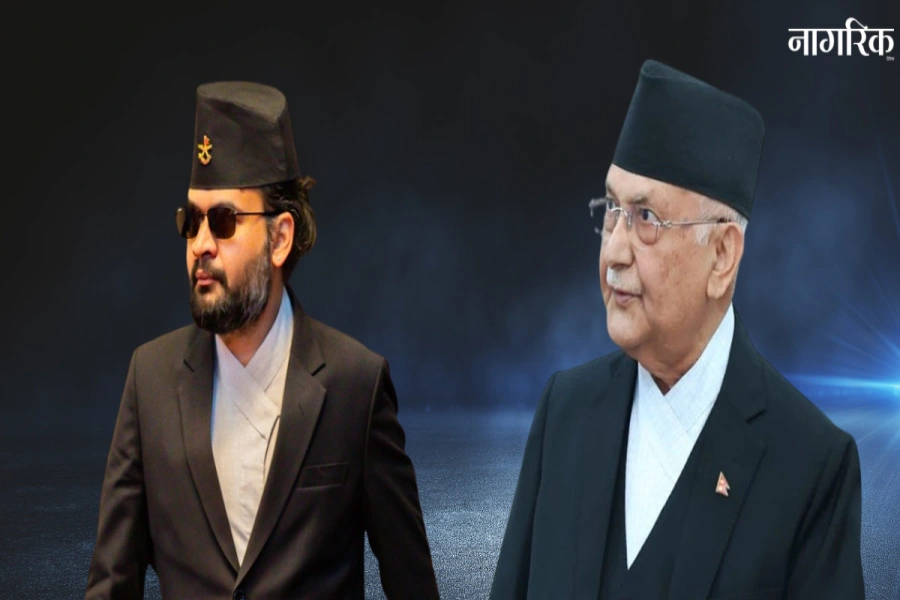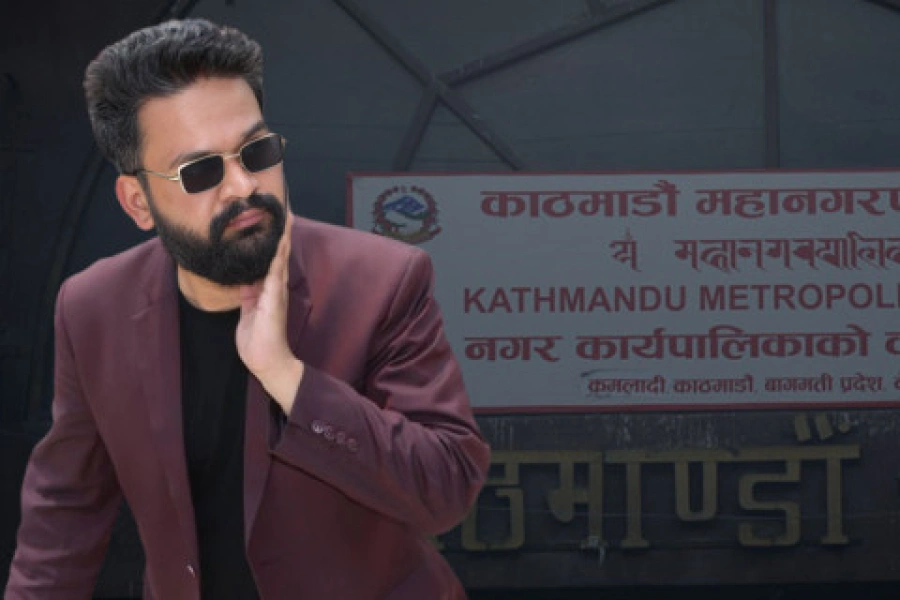Nepal has experienced some large scale earthquakes in its history. Written record shows the first quake in 1255 with epicenter at Kathmandu that killed 30 percent of the then population. The 8.3 whopper of 1934 whose epicenter was at Biratnagar-Bihar border killed about 16,000 people of Nepal and India including 5,000 in Nepal alone. The 1988 quake with epicenter at Udayapur killed more than 1,000 people and badly destroyed Dharan and many other eastern villages. The 2015 quake of magnitude 7.8 Richter scale whose epicenter was at Barpak of Gorkha has killed more than 8, 600 and has wrought heavy physical and cultural damage.Nepal is considered to be built from the continuous big collision of Indian and Tibetan tectonic plates that raised the land which was once immersed below the sea. Because of it the country is always at risk of the earthquake. But with the existing seismologic knowledge and tools, the prediction of exact year and location of any earthquake is not possible in any part of the world. The only possibility is the estimate of it happening. With more research, scientists can predict how 'more likely' the quake can hit certain location of the world.
With more localized researches quakes are predicted with more sharpness about its occurrence time and intensity, for example in North American region, Japanese region and few other places of the world than elsewhere including Nepal. More seismological surveys need to be conducted in Nepal for better regional prediction capacity. It is seen that we have many experts in the country but we need better encouragement and emphasis for such work. The woeful condition of the National Seismological Center at Lainchaur, Kathmandu shows negligence of the state. ICIMOD, which is a learning and knowledge sharing centre concentrated on Hindu Kush Himalayan Region mountain development, can help us.
This quake was the worst nightmare for this generation of Nepalis. Meantime, many international seismological experts were surprised at the low magnitude of the quake, for less number of casualties and for such small scale of physical damage especially in Kathmandu Valley. Now, with the declining magnitude of the aftershocks, national and international seismologists are more certain about the ceasing of this quake episode.
The quake has become new case-study for seismologists. A group of seismologists from the US were saying that the strange reason behind the low devastation in Kathmandu Valley has raised their deep concern and interest. They are initially suspecting the soil composition of the valley, thickness of rocks beneath the earth, underneath hollowness from heavy water pumping or any other unknown reasons.
Sociologists and political experts were thinking that Nepal will meet Haiti's fate after the quake. This prediction also seems to have proved wrong if we observe the dynamism of early rescue and relief attempts seen in the country. Disregarding their race, region, religion, belief, age or sex everyone was overwhelmingly rushing to support their countrymen in need. Even the government, known for its slowness, sprang into action quickly with its security force. Although the unpreparedness and absence of local level government brought about great dismay, we should not forget the grand scale of destruction and our ground realities.
Nepali politics was polarized and fragile in the recent years, especially about issues of constitution. The government was headed by one of the weakest personalities in the history of Nepal. Given this context and the scale of destruction, many political analysts considered the country at deadfall. Contrary to this, the aftermath of the quake showed remarkable 'silver lining' in the political horizon with solidarity shown by leaders of opposition or even standoffish parties. All have joined to help the needy. Parliamentarians, party leaders and their cadres rushed to the affected villages. Many constructed temporary shelters and have promised to make permanent houses to villagers. All these activities augur well for the national future and disprove the thinking that Nepal will be the next Haiti.
Tourism was one of our major earning sectors. Unfortunately, we lost several temples at Basantapur, Patan and Bhaktapur but fortunately enough our single international airport remained unscathed. A miracle, when few meters on the side of international airport at Gatthaghar the road was badly cracked with elongated splits. Major highways and small connecting mountain roads were mostly intact. Government inspection team has found about 90 percent hotels to be safe. Our glaciers and lakes which were at the risk of eruption from climate change were safe from the quake.
Foreign tourists in Nepal are much attracted by our natural beauty such as mountains, lakes, rivers and hills. Some mountain tracks and famous tourist villages like Barpak and Dhunche were destroyed. But trek routes are never permanent and alternative routes or new tourist villages are always possible, which is to be discovered by our pioneer trekkers and tourism entrepreneurs. Tourism operators need to project to international experts and travel agencies that Nepal is a safe destination.
Economists are worried about the economic future and sustainability of the country. With the high trade-deficit of the country which only imports and produces the least, it is likely that all currently needed construction materials will be imported. But this is the time for government to make encouraging policies to uplift such industries. Inflation is quite likely, but it is not the crux of the problem as it can be balanced with productivity and controlled by interest rate.
One serious shortcoming in reconstruction is the shortage of skillful labor force that has migrated abroad in a great number. They can be brought back by raising wages. Further, a huge labor force is still in the country that has remained idle. It can be given quick construction and demolition trainings and sent to the affected areas. This will circulate money and revitalize economy.
Many worst predictions are proving wrong for Nepal. The country will rise like mythical phoenix with strong determination and will be stronger than before if everyone works sincerely for reconstruction.
The author is at Department of Statistics, Tribhuvan University
Women journos emphasize need to build strong network to overcom...






































